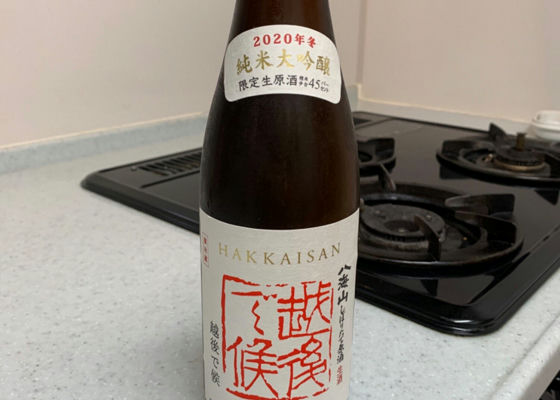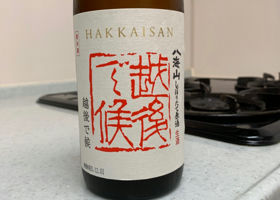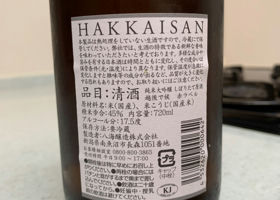


susan
First, cold sake
The bank of the river in winter when the snow melts. Damp fallen leaves.
Drink. A crisp and refreshing entry. After feeling a slight bitterness for a moment, the sweetness suddenly becomes rich. Kiwi and pineapple type sweetness. When you swallow, the astringent and bitter taste quenches your mouth.
Next, 45℃.
Sour maltiness. Rice bran
Drink. It goes in slowly and suddenly has a bitter taste and a strong richness. There is also a strong alcohol feeling. Is this a traditional Yamahai? It also has a roughness that you would not expect from a Junmai Daiginjo. When you swallow it, the alcohol stimulates the back of your throat, and the bitterness and umami taste from your tongue to your throat are strong.
Next, 55℃.
Snow. The snow is raging. Deepening snow
Drinking. It is hard and astringent. And yet the bitterness and richness are more than enough to open. When you swallow, your whole tongue feels numb. It's as if your tongue is being polished with crystals of flavor.
Finally, 65°C
The aroma of milky white lactic acid bacteria drink. Phew, deep,...
Drink. It attacks not the tongue but the nasal cavity. When you take a breath, you will find a fierce richness and flavor. There is a nuance of lactic acid bacteria, but the acidity is slight. There is a moment of calm and intense bitterness. When swallowed, only ecstasy remains.
It is a rare sake that covers the needs of all sake lovers by the difference of flavor by temperature.
It's good, but I won't repeat this one. Because I want to try all the other Hakkaisan too!
Japanese>English